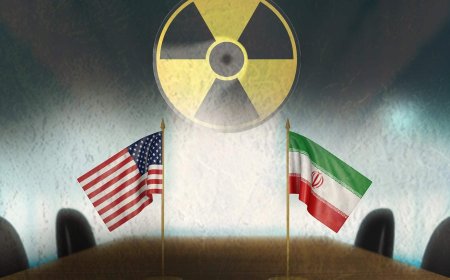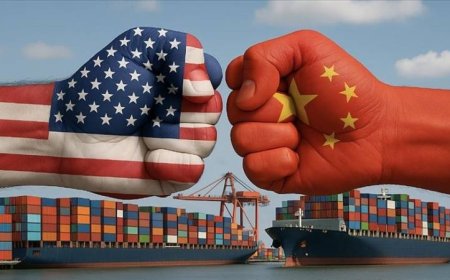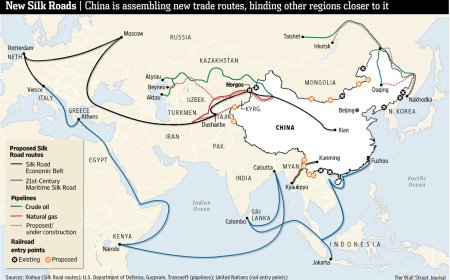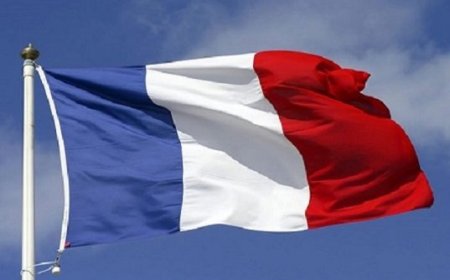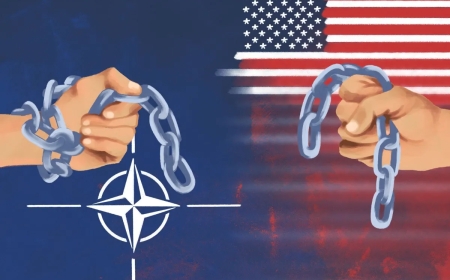BRICS members insist on the creation of a single digital currency
At the 27th International Economic Forum of Saint Petersburg in Russia, the BRICS member countries have again announced their readiness to implement in practice the step of creating a single digital currency.
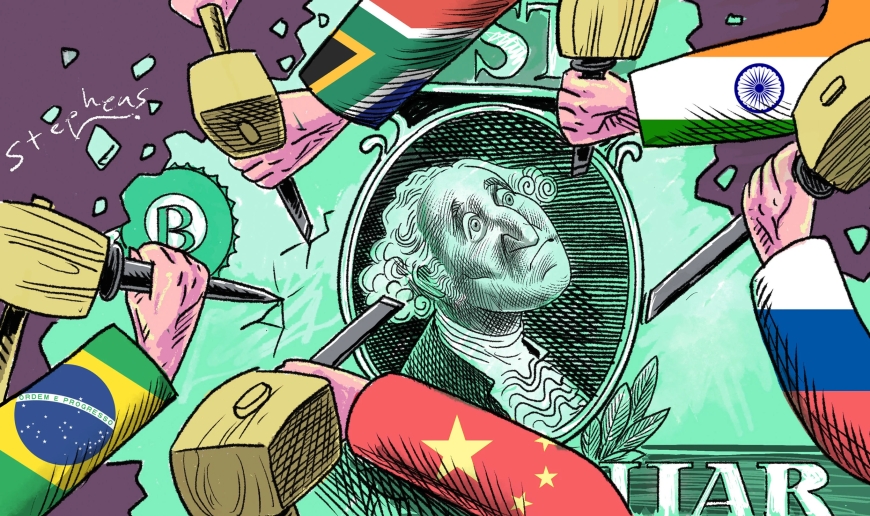
BRICS originally included Brazil, Russia, India, China, South Africa and this year it expanded to include Iran, Egypt, Ethiopia and the United Arab Emirates. The number of people in the BRICS countries is 3.5 billion, which is 45 percent of the world's population. In addition, the BRICS countries own 25 percent of international trade, 40 percent of oil production and 28 percent of the world's Gross Domestic Product.
Russia and China conduct almost 70 percent of their economic exchanges using national currencies; Brazil is also leading the movement to eliminate the dollar currency in the Latin American region. South Africa, another BRICS member, is closely following the strategy of removing the dollar currency from trade exchanges in Africa. In addition, Russia and Iran are using digital currencies in international trade. Saudi Arabia, for its part, has agreed to sell its oil in a currency other than the US dollar; Argentina and Brazil plan to create a common currency, and Brazil and China have agreed to stop using the US dollar as their trading currency.
Of course, some European countries are also taking steps to weaken the US dollar. In this context, we can point to French President Emmanuel Macron's statements about reducing Europe's dependence on the "US dollar" and his request for Europe to be invited to the next BRICS meeting.
According to foreign currency reserve statistics published by the International Monetary Fund (IMF), the position of the US dollar in international monetary reserves has decreased from 66 percent in 2003 to approximately 58 percent in recent years.
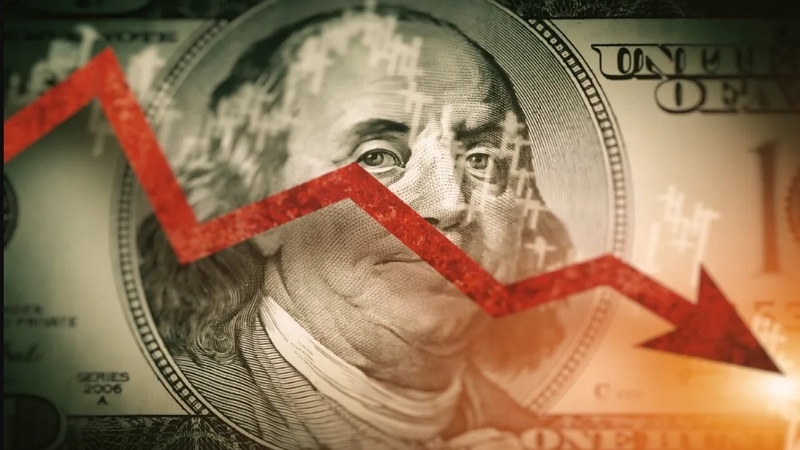
Alexander Babakov, Deputy Speaker of the Russian Parliament, Duma, speaking in New Delhi in March 2023 said that digital payments may be the best option in the future. Babakov proposed that the digital currency should be valued based on gold and other rare commodities.
The BRICS countries are now planning to introduce a new currency that will be based on gold.
The BRICS digital currency can use the power of blockchain technology and provide a high-quality solution for digital currency savings in the global arena. This option facilitates cross-border transactions and increases commercial and economic cooperation between member countries. In fact, the introduction of the BRICS currency will be a bold step towards the removal of the US dollar currency which has been widely relied upon in international trade.
The BRICS countries are trying to strengthen their financial governance and protect themselves from the negative effects of Western sanctions, especially the United States, by reducing dependence on the US dollar and adopting alternative payment methods.
Various reports have stressed about the creation of a currency that will be managed by the New Development Bank (NDB) established by the BRICS group.
Unlike the World Bank, the BRICS Development Bank has divided its shares equally among the five founding member countries.
Each member state has equal voting and decision-making rights and equal pre-authorized input. Most importantly, no country has a veto. The BRICS National Development Bank is different from the International Monetary Fund and the World Bank, which use the US dollar as the main currency for international operations.
In general, two factors have accelerated the withdrawal of the dollar in the country's exchange, especially among the members of BRICS: One is the action of the United States to block Russia's foreign currency reserves after the war in Ukraine in February 2022, and the second is the increase in the budget deficit and the large debts of the United States, which today have exceeded 30 trillion dollars and even according to some estimates, exceeded 50 trillion dollars.

